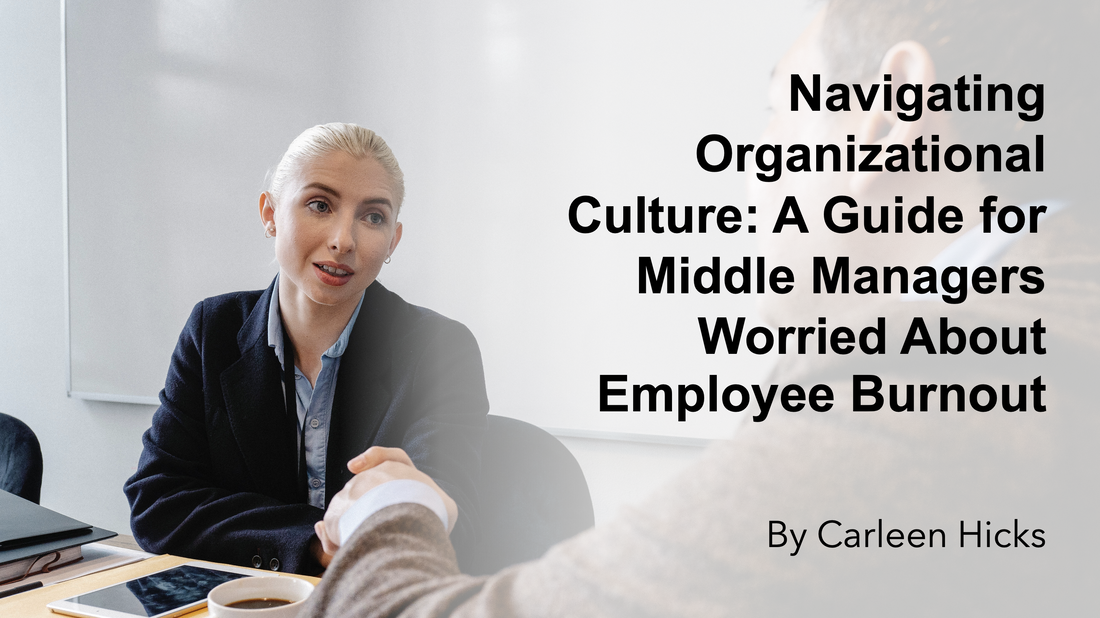Navigating Organizational Culture: A Guide for Middle Managers Worried About Employee Burnout5/16/2023 Some of the TOUGHEST conversations I’ve ever had at work were when I needed to influence up for the wellbeing of my team. These always felt precarious, like balancing on the edge of knife; on the one hand the need to drive change or disappoint, on the other a career-limiting move. As a manager in the messy middle of the hierarchy, your role is crucial in maintaining a positive work environment for your team. One of the most pressing issues middle-managers often face is employee burnout, which can be exacerbated by systemic practices within your organization. However, addressing productivity, wellbeing and burnout concerns at the next hierarchy level requires some prep and finesse. Here I share the practical tips I learned for your consideration, so you can feel more confident bringing up these concerns in a way that fosters mutual benefit and won’t jeopardize your career.
Middle managers have a unique position; you can see both down and up in your organization. This puts you in a unique position to identify barriers and offer solutions to remove operational impediments to organisational success. Proactively addressing burnout risks that come about because of systemic practices and cultural barriers that employees have no control to change is an opportunity. It’s a chance to initiate change and address both culture and practices that contribute to reduced employee productivity and performance. By approaching these conversations with empathy, gathering data, focusing on mutual benefits, and using constructive language, you can have productive discussions with your manger (and others) without jeopardizing your career. Remember, positive change starts with a courageous conversation. Consider the benefits to your team and organization in creating a healthier and more supportive work environment for everyone. You may also enjoy these articles:Click on the picture to read the blog.
0 Comments
Your comment will be posted after it is approved.
Leave a Reply. |
|
|




